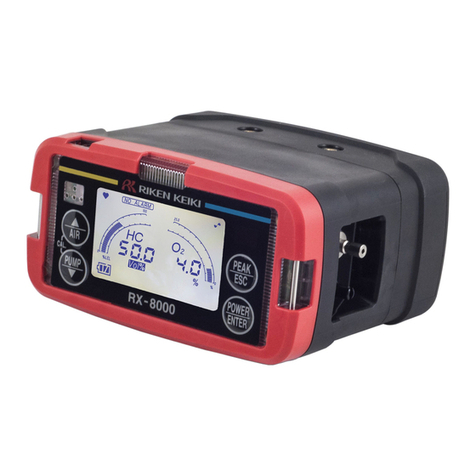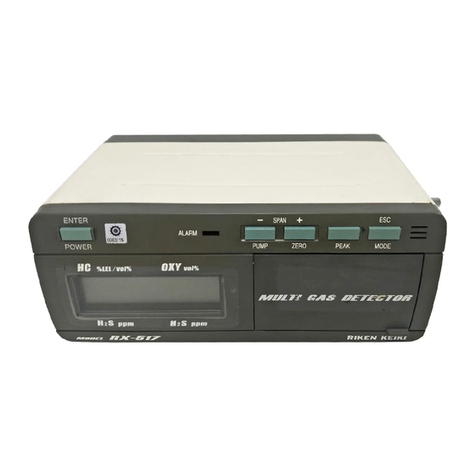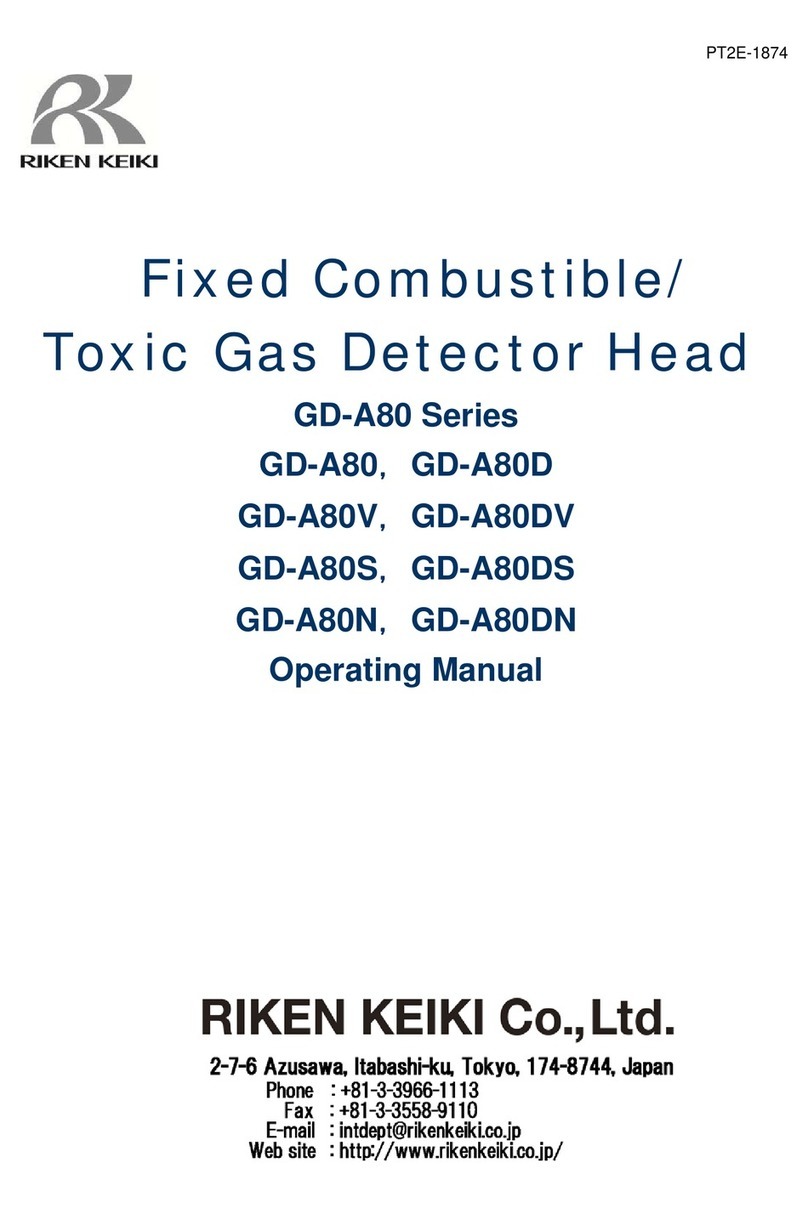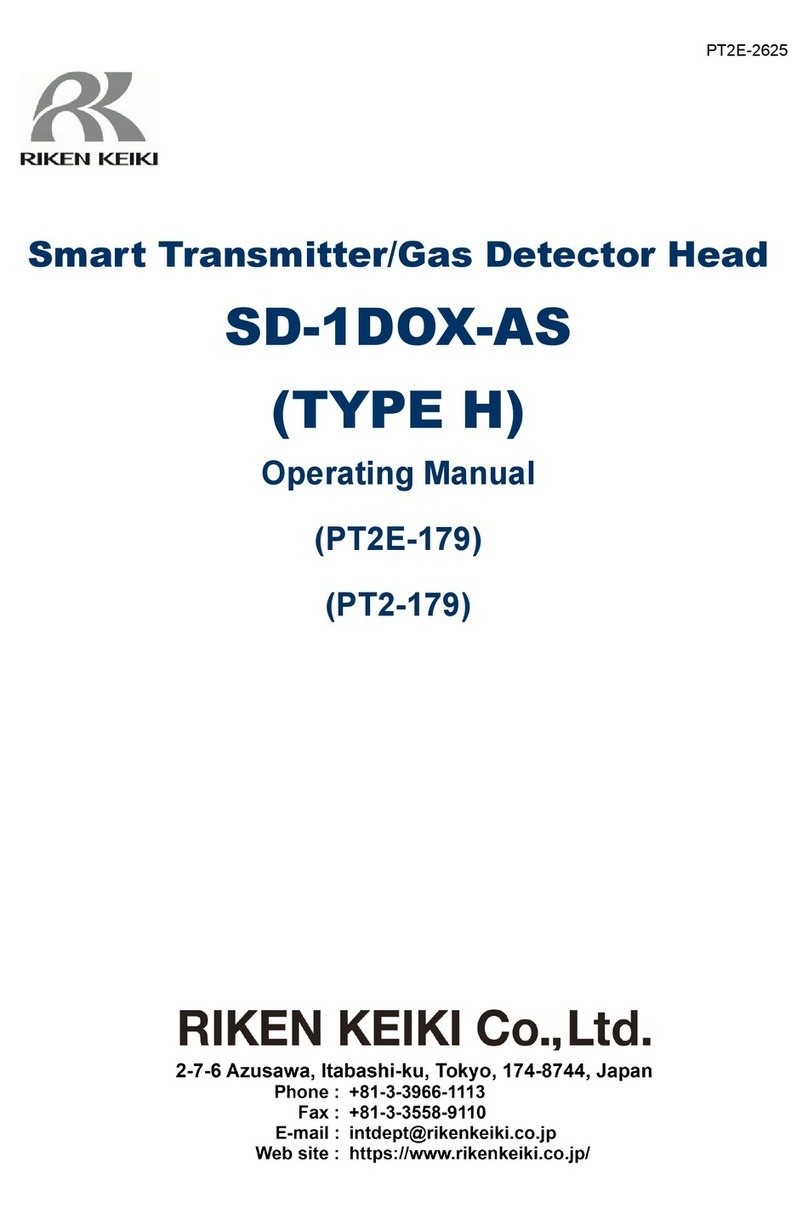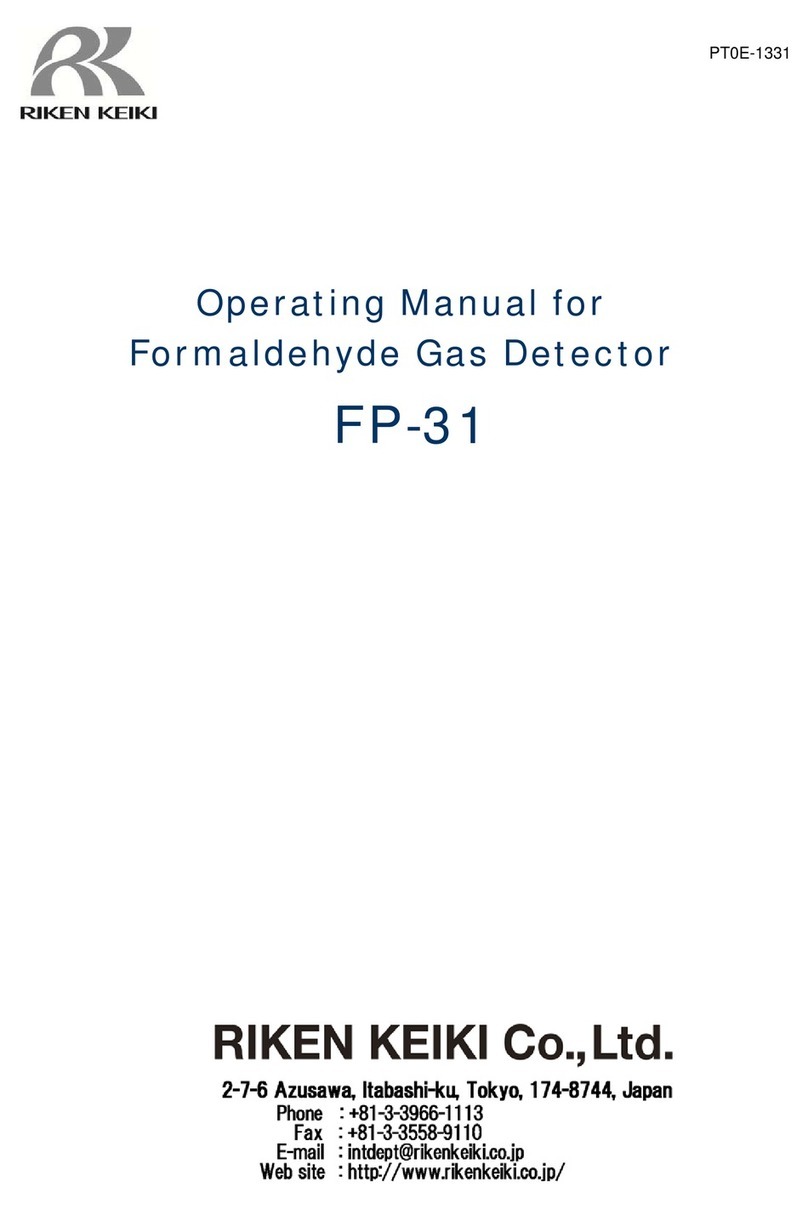
1
Table of Contents
1.PRODUCT OUTLINE
1-1.In the beginning...................................................... 3
1-2.Application for use................................................... 3
1-3.Identification of each caution marks.................................. 3
1-4.Method of confirmation for CE marking type............................ 4
2.IMPORTANT INSTRUCTION FOR THE SAFETY
2-1. Danger items ......................................................... 5
2-2. Warning items ........................................................5
2-3. Caution items ........................................................6
3.PRODUCT FUNCTION
3-1.External drawing...................................................... 7
3-2.Appearance............................................................ 7
3-3.Panel cut-out dimensions.............................................. 8
3-4. Name of each part and function........................................ 9
3-5.Block diagram......................................................... 10
4.HOW TO USE
4-1. Before operation...................................................... 11
4-2. Mounting/dismounting procedure........................................ 11
4-3.Installation place.................................................... 12
4-4.Caution in the system engineering..................................... 13
4-5.Grounding............................................................. 15
4-6. Wiring ............................................................... 16
5.OPERATION METHOD
5-1. Preparation for start up.............................................. 17
5-2.Basic performance flow................................................ 17
5-3. Start-up procedure
5-3-1.Power on ..................................................... 18
5-4.Explanation of performance(Detection mode)
5-4-1. Display action ............................................... 19
5-4-2. External output action ....................................... 20
5-5. Maintenance and adjustment
5-5-1. Maintenance mode.............................................. 21
5-5-2. Adjustments
5-5-2-1. Span adjustment
(for the prevention of oxygen deficiency) ............ 22
5-5-2-2. Zero adjustment (for the general detection)........... 23
5-5-3. Confirming an alarm level..................................... 24
5-5-4. Changing an alarm level....................................... 24
5-5-5. Confirming the peak hold level................................ 25
5-5-6. Alarm test ................................................... 26
5-6. Stopping the Operation ............................................... 26
